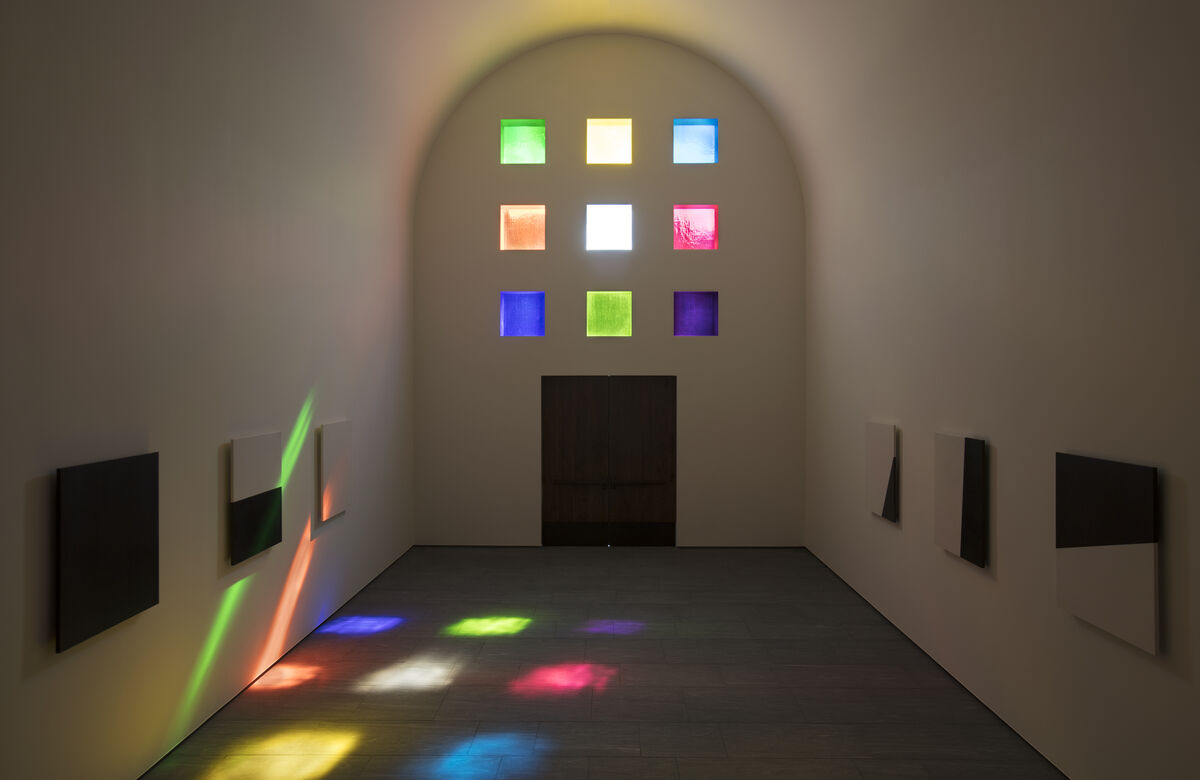
Ellsworth Kelly spent the second half of his twenties in Paris, enrolled at the Ecole des Beaux-Arts and neatly sidestepping America’s growing fervor for Abstract Expressionism in the years following World War II. He spent much of his time alone (“I didn’t speak French very well, and I liked the silence,” he once said), often travelling through the countryside sketching centuries-old churches.
“It was a really formative period for him,” Carter Foster, a curator at Austin’s Blanton Museum of Art, told Artsy. “He was fascinated by the Judeo-Christian traditions of art history more generally, but he particularly loved Romanesque and Cistercian medieval architecture.”
These early preoccupations would resurface in grand fashion during the last years of Kelly’s career, in his final and most monumental work: Austin, a 2,715-square-foot building constructed alongside the Blanton’s existing home on the campus of the University of Texas at Austin. The work opens to the public on February 18th, the culmination of a multi-year effort by the museum to make the artist’s design a reality.
No comments:
Post a Comment